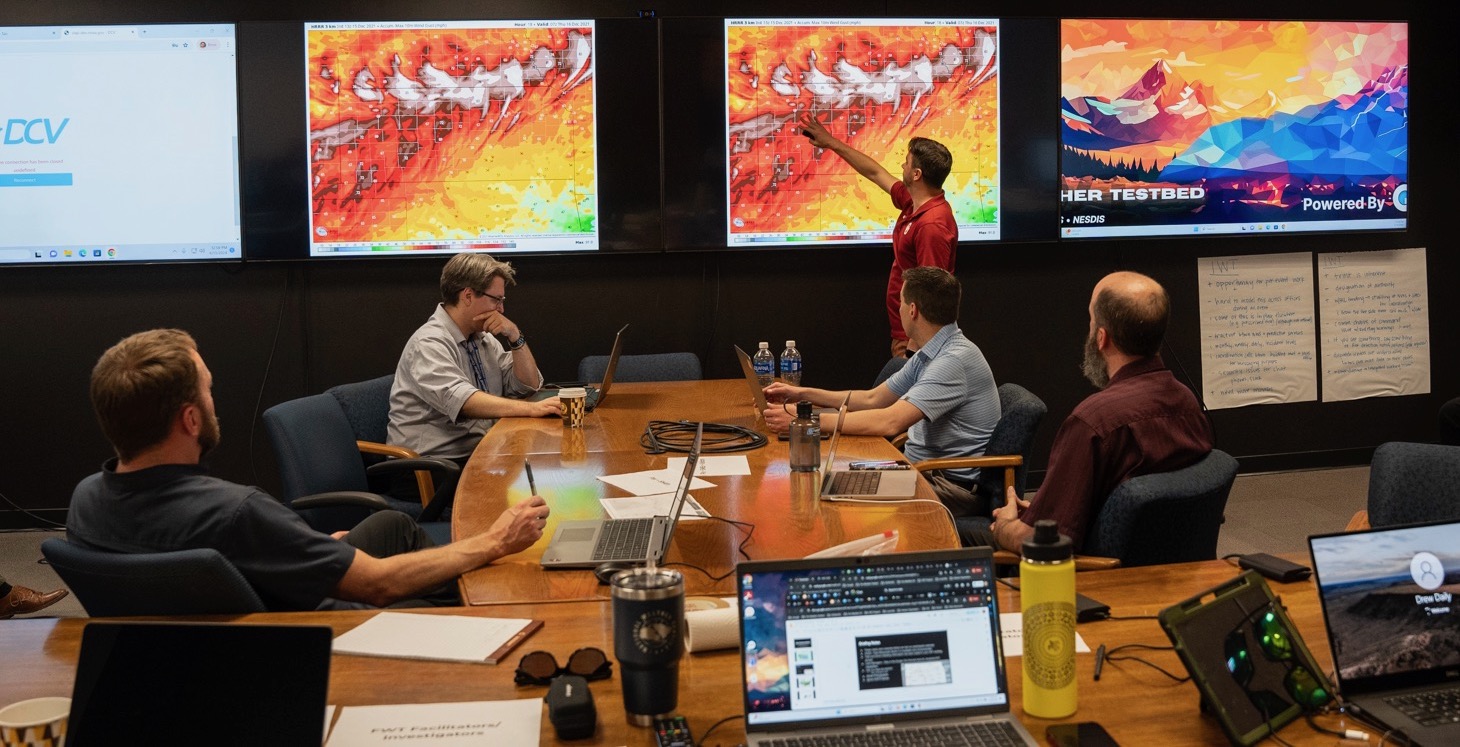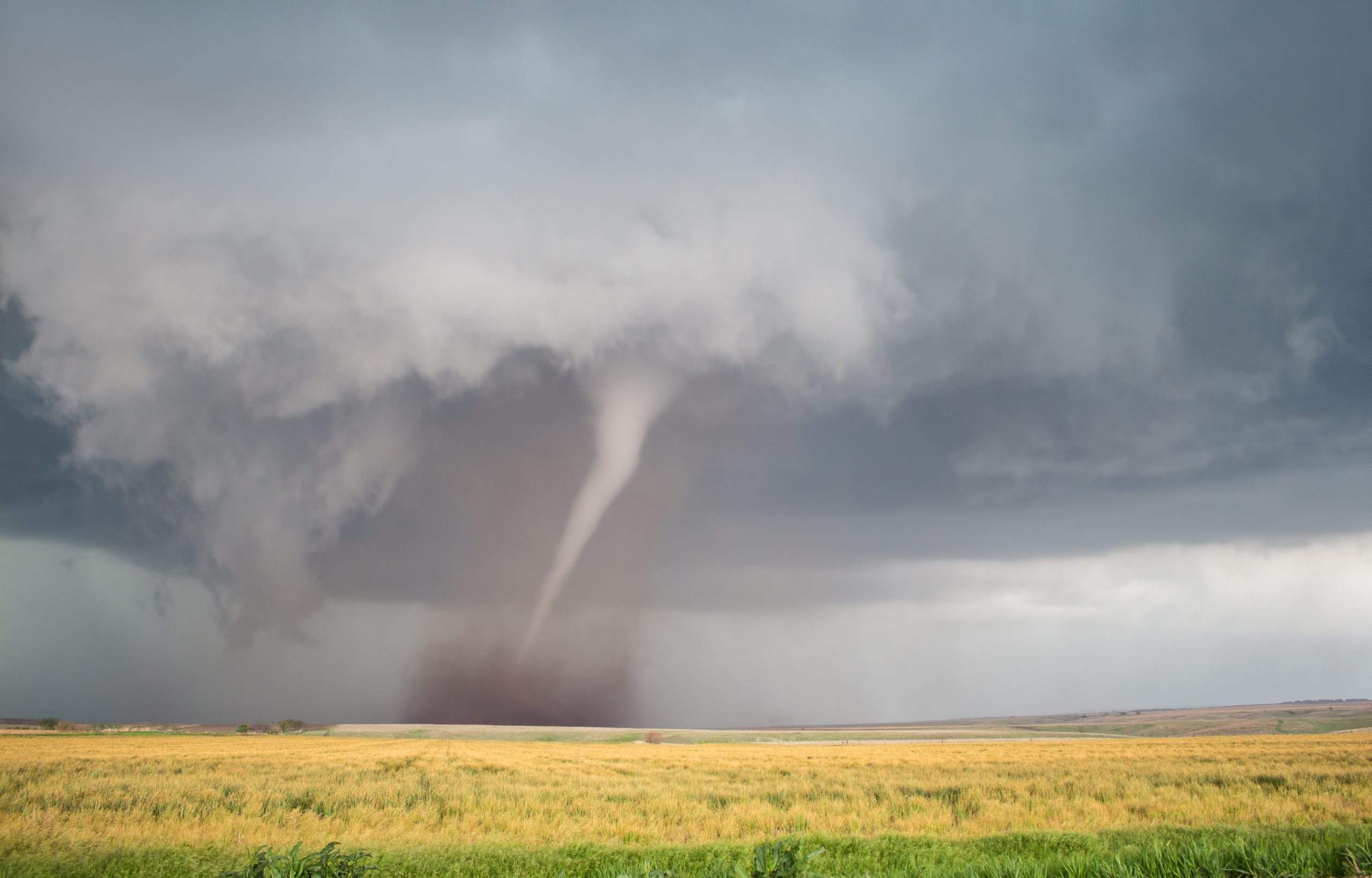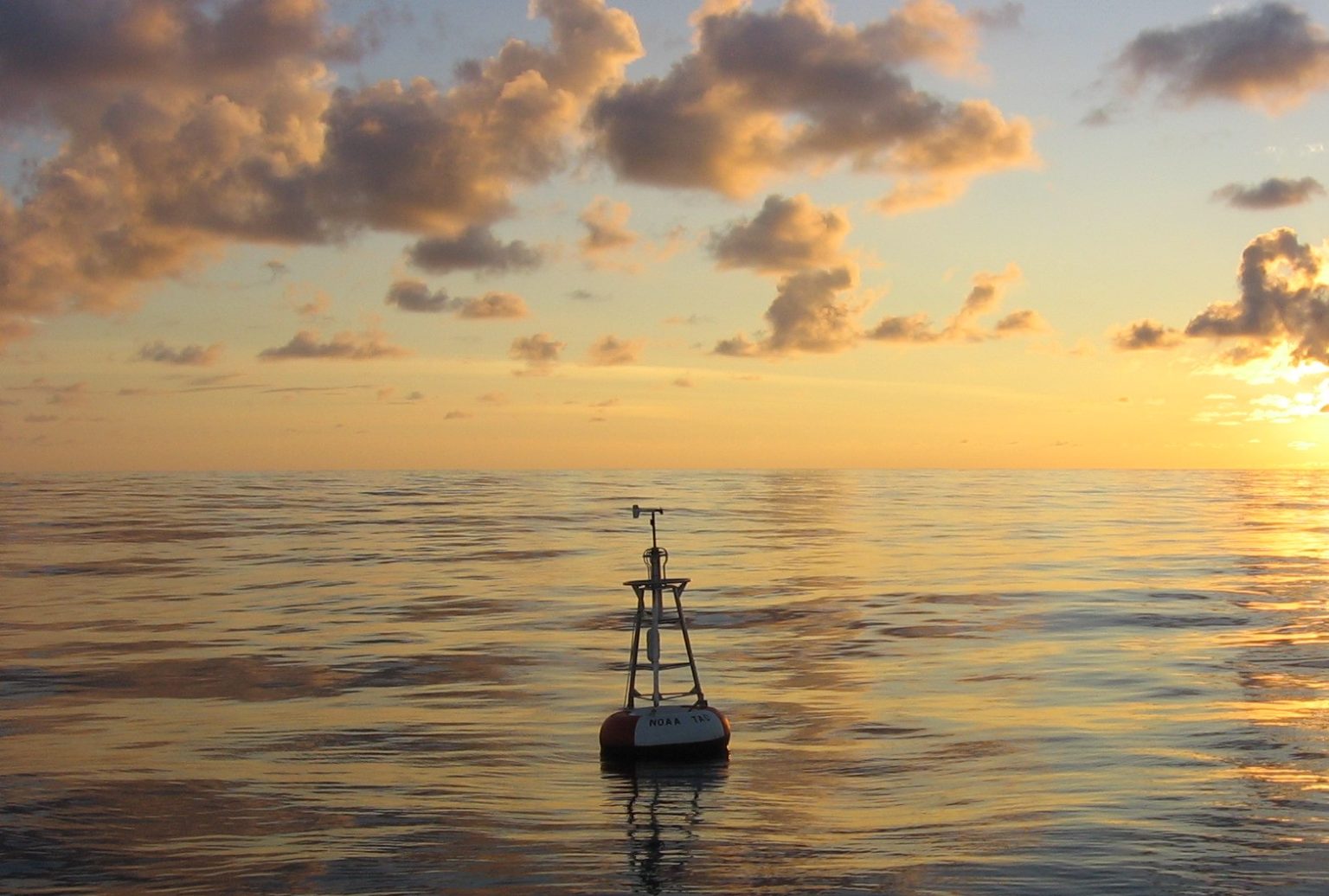Imagine you are tasked with conducting a science experiment. But not like a middle school science fair kind of experiment. You’re asked to figure out how one of the most complex systems on planet Earth works. You need to measure it, observe it, understand it and explain why and how it does what it does. And then you need to learn how to consistently predict what it will do in the future. Where would you start?
You will need to organize dozens or possibly hundreds of scientists you’re working alongside, staying in constant communication. You’ll use complex, cutting-edge tools and high-speed computing power. You will need to be able to conduct your experiment in one location one day and perhaps two states over the next day. You’ll have to coordinate all this with scientific precision, recording every aspect in detail for later analysis. And once you’ve gathered your data, you will put it all together, figure out what it means, and tell the world about your new scientific discovery.
Now imagine the thing you are studying is a massive thunderstorm or perhaps even a violent tornado. It’s three o’clock in the afternoon but the sky is dark. The wind is howling and swirling in all directions and huge hail is starting to fall.
You’re standing outside in these elements, face-to-face with the power of nature.
And did we mention the storm is moving? Moving fast. Maybe even… right at you? By the way, are you getting all that data recorded?
Sounds a little overwhelming right? For the scientists and researchers at the NOAA National Severe Storms Laboratory (NSSL), it might be just another Wednesday.
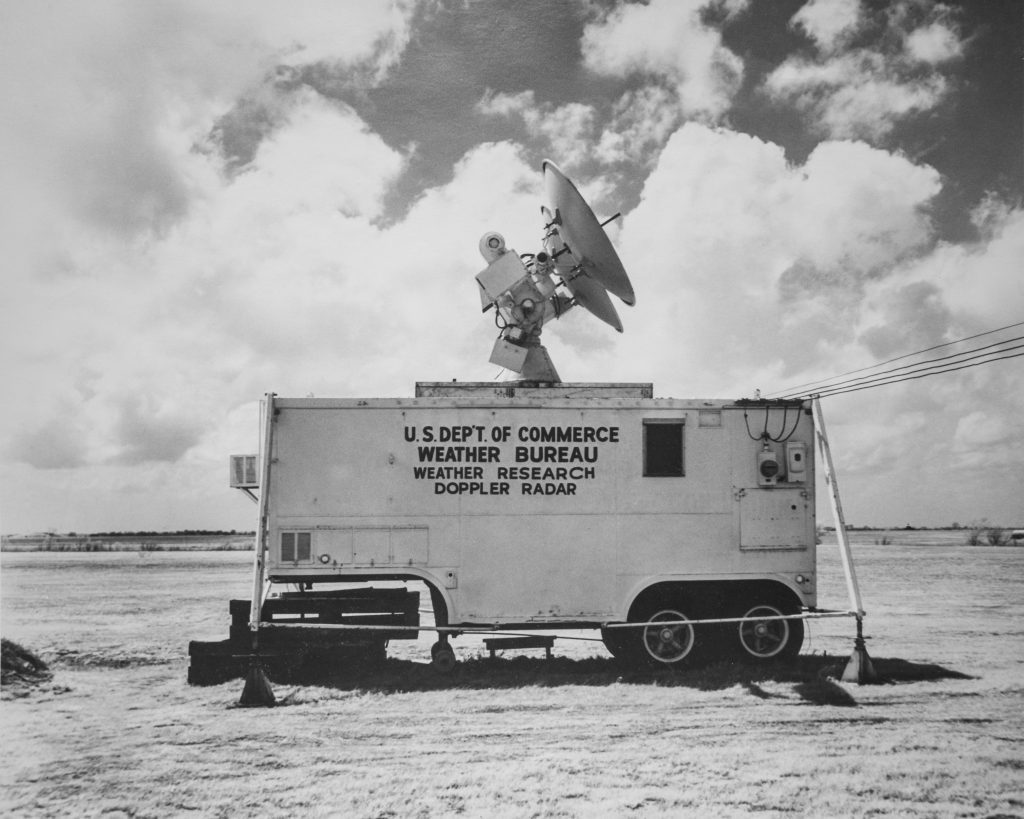
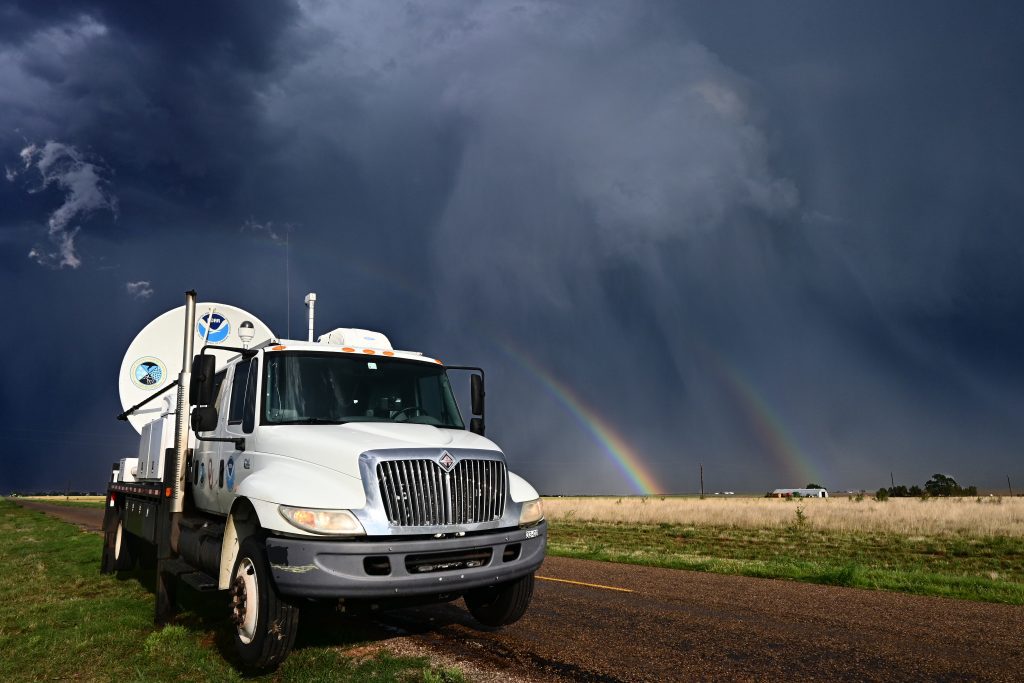

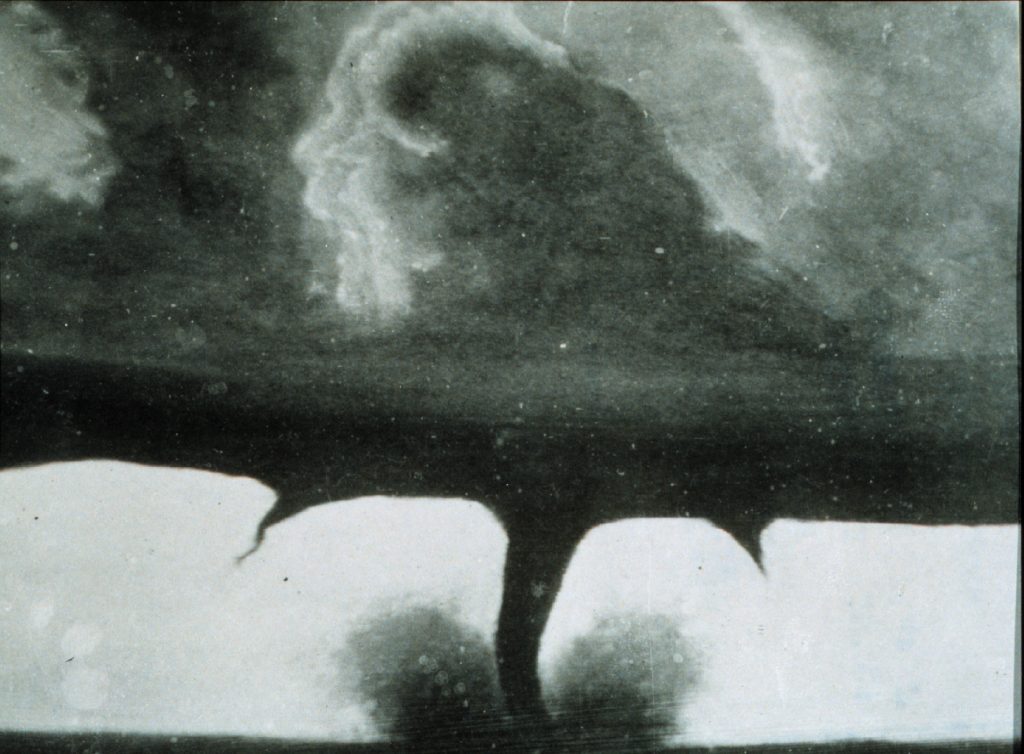

NOAA National Severe Storms Laboratory
Officially founded in 1964, NSSL is the NOAA entity tasked with studying severe weather and tornadoes. Field work has been part of NSSL since its inception.
“Our mission is to be the world leader in observing, understanding and modeling severe thunderstorms. We want to be able to equip forecasters and society as a whole with the tools necessary to minimize the impact of tornadoes and severe thunderstorms on lives and property. To accomplish this mission, our scientists have to get out into the field and face these storms up close and personal.”
NSSL Director, Dr. DaNa Carlis
From then until today, NSSL scientists have been working to capture just how and why these storms form, so they can better equip forecasters to predict them and warn the public.
NSSL STUDIES TORNADOES IN THE SOUTHEAST
Perhaps NSSL’s most significant and successful recent field campaign is PERiLS (Propagation, Evolution, and Rotation in Linear Storms), one of the largest and most comprehensive severe storm field research projects to date, taking place across the Southeast United States in the late winter and spring periods of 2022 and 2023.
“PERiLS was quite a successful field campaign. We went out nine times across two springs, and collected data on more than 20 tornadoes, several of which were EF3 to EF4 intensity. So we gathered a lot of data on numerous tornadoes and at close range.”
NSSL research scientist Anthony Lyza, who served as the project’s coordinating scientist
The project was part of the VORTEX-SE (Verification of the Origins of Rotation in Tornadoes Experiment – Southeast), a tornado research program focused on the southeastern United States. Storms in this region can pose a higher risk to people and property than in other parts of the country for two reasons.
First, Quasi-Linear Convective System (QLCS) storms and the tornadoes they produce can be challenging to predict in advance because they often develop and evolve rapidly. Second, the southeast U.S. tends to be more vulnerable because of unique scientific and socioeconomic factors, which previous research has shown include the frequency of nighttime tornadoes, larger population density relative to other tornado-prone areas in the U.S., and the larger amount and distribution of mobile and manufactured homes that pose added risks for residents when tornadoes strike.
During its nine operating periods, PERiLS involved hundreds of researchers, scientists and other support personnel, all coordinating to deploy numerous different instruments safely and efficiently to observe, document and analyze these storms up close and in real time.
“During PERiLS we were able to collect data on some very significant tornado events. We feel like we’ve really learned a lot about the environment and some of the things that occur in the individual thunderstorms that produce these tornadoes in the southeast that are going to be able to be used by the NOAA National Weather Service and our partners to be able to produce better warnings.”
Alan Gerard, Chief of NSSL’s Warning Research and Development Division
To read more about NSSL’s field work studying tornadoes and severe weather, click here.
